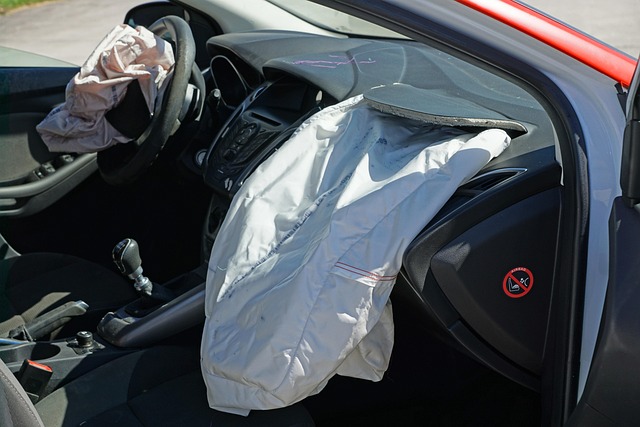Car Insurance Discounts Most People Miss

Table of Contents
Unlocking insurance perks like bundling policies, listing safety features, and paying by autopay can mean big savings. These discounts may be hidden, but they’re there for anyone who asks.
Make a habit of reviewing and asking about discounts every year. Your occupation, memberships, and driving habits can change your eligibility for certain discounts.
Safe Driver Discount
A safe driver discount rewards good driving behavior by reducing the cost of your car insurance. These discounts are offered by many insurance companies, including Allstate, State Farm and USAA. They work through telematics, which involves an app or plug-in device that monitors your road habits, such as harsh braking and cornering, speeding and the use of mobile phones while driving. The information is analyzed by the insurer to determine if you qualify for a discount.
The average safe driver discount saves 20% to 25%. However, it may be possible to save much more than that if you can qualify for multiple types of discounts at once. For example, a telematics discount combined with an accident-free or claims-free discount, a good student discount or a bundling discount could potentially lead to a very significant savings.
Some people aren’t comfortable with the idea of being monitored by their insurance company, which is why monitoring-based discounts aren’t for everyone. They may also not be available in all states. If you aren’t able to qualify for a safe driver discount through an app or device, there are still ways to cut your rate by upping your deductible, bundling policies, going paperless and more.
If you’re ready to start shopping for cheaper car insurance, consider working with an independent agent who can review your policy to identify money-saving opportunities. A professional can help you compare quotes, explain car insurance terms and coverages, and ensure you get all the discounts for which you’re eligible.
Bundling
Bundling refers to combining several different insurance policies, typically through one insurer. This usually results in a discount on the overall cost of the policy. It can be a great way to save money, particularly when it comes to home and auto insurance. However, not everyone will qualify for a bundle discount and it is important to always compare the bundled price against the individual policy costs before making a decision.
A home and auto bundle typically packs the biggest punch when it comes to savings, but many insurance companies also offer home, auto, renters, or life insurance bundles. It’s worth a quick call to your independent agent to find out more about the available options for you and to assess whether or not bundling makes sense.
In some cases, drivers who have certain features in their cars may also qualify for a bundle discount. For example, drivers with anti-theft devices or those who complete a defensive driving course could see a reduction in their car insurance rates. Check with your insurance company to learn more about what features will qualify for a discount and how you can get the best rates for your unique needs. It’s also a good idea to compare quotes at every renewal to keep up with changing rates and to ensure that you continue to qualify for discounts.
Low Mileage
Insurers consider drivers who log fewer miles each year a lower risk of accident- or claim-related damage, which could lead to discounted rates. While a low mileage discount doesn’t apply to everyone, it can be worth checking with insurers to see what options are available.
For example, the popular insurer GEICO offers low-mileage discounts through its Snapshot program and other usage-based insurance policies while Metromile and USAA offer pay-per-mile car insurance for those who consistently drive fewer than 7,500 miles each year. To qualify, insurers may ask for self-reported odometer readings or require that vehicles be equipped with telematics devices to monitor driving data such as speeding, hard braking and phone usage.
Additionally, many insurers offer discounts to those who work in certain fields or belong to professional associations, alumni groups and other affinity organizations. For example, teachers, healthcare workers and first responders are often eligible for reduced rates. This is based on the fact that their professions are associated with safer driving habits.
Student Discount
Many insurers offer special deals for students. These discounts can save young drivers up to 15%, depending on the insurer and state. For example, State Farm offers a good student discount for drivers under 25 with a B average or higher and who take driver’s education courses. In addition, Geico gives full-time college students a 10% discount on certain coverages. Other carriers, such as Nationwide, offer a deal for those who attend college 100 miles or more away from home and maintain a B average or higher.
Discounts can also be offered for specific occupations and memberships in professional organizations. Teachers, nurses, doctors, and firefighters are often considered low-risk due to their stable work schedules and responsibilities, resulting in discounts on car, home, and other policies. In addition, members of fraternal and other social clubs and organizations may also qualify for special perks.
Another way to save is by paying your insurance in advance (by year, half-year, or quarter), rather than monthly. This helps insurers cut costs associated with billing, processing, and mailing. Finally, some insurers give discounts to drivers who go paperless and conduct all their policy business online. Taking the time to look for and apply these discounts can easily help you save hundreds on your car insurance. Just make sure you keep your insurer updated with any changes in your lifestyle, job, or financial situation that could impact your eligibility for discounted rates.


